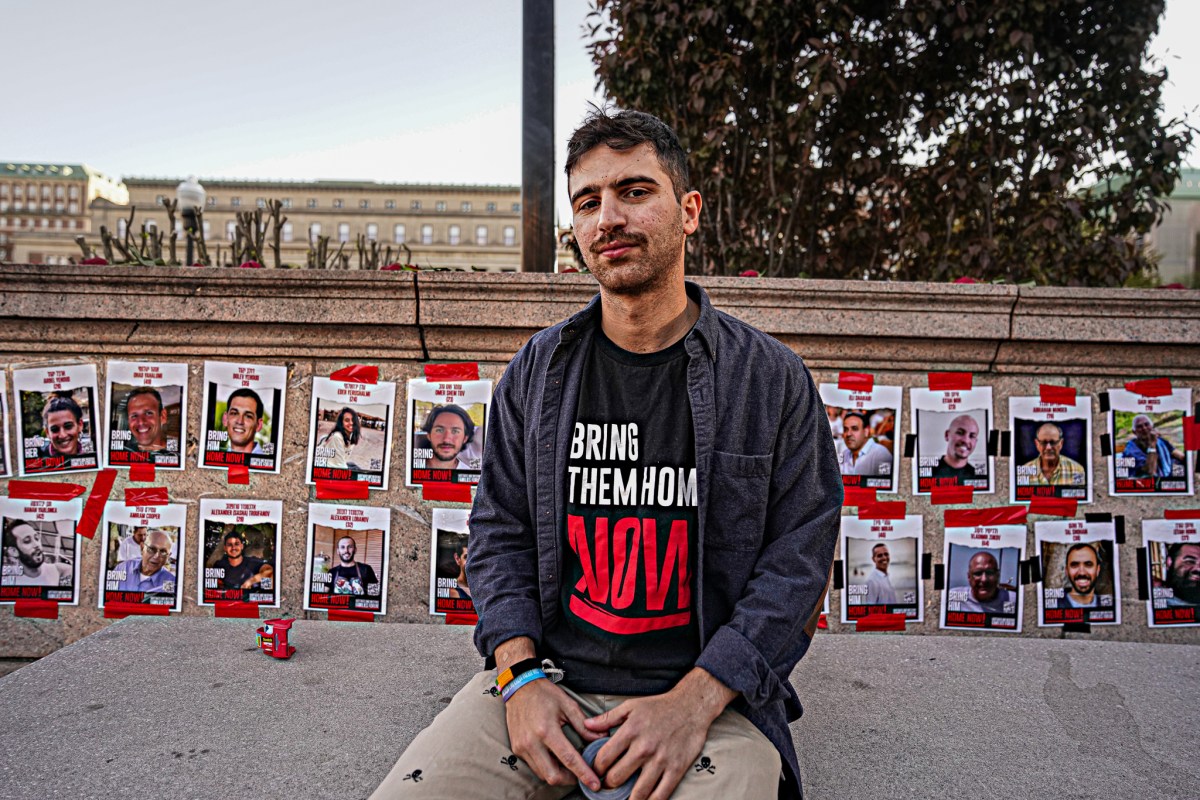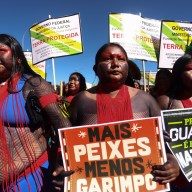While the idea of native or aboriginal studies began with the birth of identity politics in the ‘60s, native studies programs didn’t hit Canada’s academic world until the early ‘80s, appearing first at prairie and west coast universities.
At the University of Calgary, Prof. James Frideres remembers courses in aboriginal education appearing as early as the ‘70s, before native groups protested and funding was diverted to native colleges, which led to the program languishing for a decade.
It wasn’t until the early ‘90s when new initiatives were built up, and U of C began groundwork on an undergraduate program, though at this point there were very few qualified teachers with an indigenous background. In the last few years, Frideres notes “there was a major shift and that there now were a number of indigenous people who had the qualifications, and they began to enter the academy. And now those indigenous scholars have begun to publish their work.
“There’s quite a substantial literature that’s been built up.”
At McMaster University in Hamilton, acting director of Indigenous Studies Rick Monture remembers the department forming due to the efforts of the First Nations Student Association, a group comprised of mostly Six Nations Mohawk students, and which was ultimately led by Dawn Martin Hill, the program’s director, currently on a research sabbatical.
It started with a Mohawk language course in 1992, and grew thanks to the support of native community leaders both in the city and on the Six Nations Reserve just a half hour away from the campus.
“It was a community-driven movement,” Monture recalls.
“The university was supportive, but it was community leaders who pushed forward the idea.”
Aboriginal Studies at the University of Toronto began in the early ‘90s, and Eileen Antone, now the program’s director, began working there in 1999, working with transitional year students. Like most native studies programs, it hosts a mix of students — non-native students in some programs can vary from 50 to 80 per cent —but native students have the use of a specialized student centre (First Nations House at U of T) and a Centre for Aboriginal Initiatives.
At Simon Fraser University, Prof. Eldon Yellowhorn recalls the First Nations Studies program starting with a language course at its Kamloops campus, before a larger program took shape at the Burnaby campus in the late ‘90s. He’s seen graduates move on to law school and archaeology, while Eileen Antone says her students have gone on to teaching and social work, and Rick Monture can cite students now working for NGOs, in Indian Affairs and land claims offices.
James Frideres recalls his last two cohorts of graduates: “Two have gone to law school, three work for the provincial government, two are in private sector consulting, three people have gone on to master’s degrees, and a handful have gone into oil and gas — Shell, Petro Canada and Trans Canada Pipelines,” he says. “Five or six have spread out, gone back to reserve, become band managers; two people have gone to banks —the Royal Bank and the Bank of Montreal.
“The end story is that they all are employed, and in a position that utilized the expertise that they gained from the program.”
A look at some Aboriginal and Native studies programs across Canada
Aboriginal and Native studies programs vary in size, but many universities across Canada offer some course of study, from graduate programs to courses offered annually or biennially. Most are interdisciplinary, and the following is a quick overview of undergraduate degree programs offered across the country.
• Simon Fraser University’s First Nations Studies program offers everything from a minor in FNS to joint majors with archeology and linguistics to a Post-Baccalaureate Diploma in FNS.
• The University of British Columbia’s campus is located on the ancestral lands of the Musqueam tribes, and their First Nations Studies program offers major and minor studies in conjunction with Art History, Creative Writing and Theatre to History, Anthropology and Linguistics.
• The Faculty of Arts at the University of Fraser Valley offers a menu of courses in Indigenous Studies, as well as a certificate program geared to researching maps, films, rights, and land claims.
• The University of Victoria’s Indigenous Studies Program offers a BA in conjunction with the faculties of humanities and social studies, as well as a minors undergraduate program.
• The University of Calgary’s International Indigenous Studies program offers a more global approach to Native studies that students can take up to a Bachelor of Arts degree.
• The University of Alberta’s Faculty of Native Studies offers an interdisciplinary BA program in conjunction with other faculties and a certificate in Aboriginal Governance and Partnership.
• Athabasca University’s Centre for World Indigenous Knowledge and Research offers a menu of courses as part of its distance learning program, which can be combined into an undergraduate degree or certificate.
• The Department of Native Studies at the University of Manitoba has regular and advanced major programs, the latter of which includes a minor in business.
• The University of Ottawa offers both major and minor programs at its Aboriginal studies program, as part of the university’s Faculty of Arts, focusing on culture, philosophy and language.
• The Indigenous Studies program at McMaster University offers courses that can be combined with offerings in the Social Studies and Humanities departments in a BA course load, as well as a minors program.
• The University of Toronto’s Aboriginal Studies program is associated with the university’s faculty of arts, as part of minor, major and specialist degree programs.
• Trent University’s Indigenous Studies program offers a flexible BA program, and even includes a year abroad in Thailand.
















